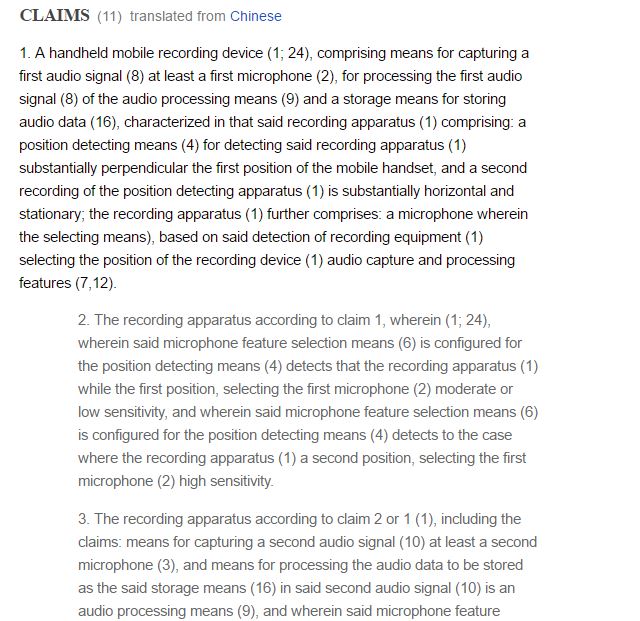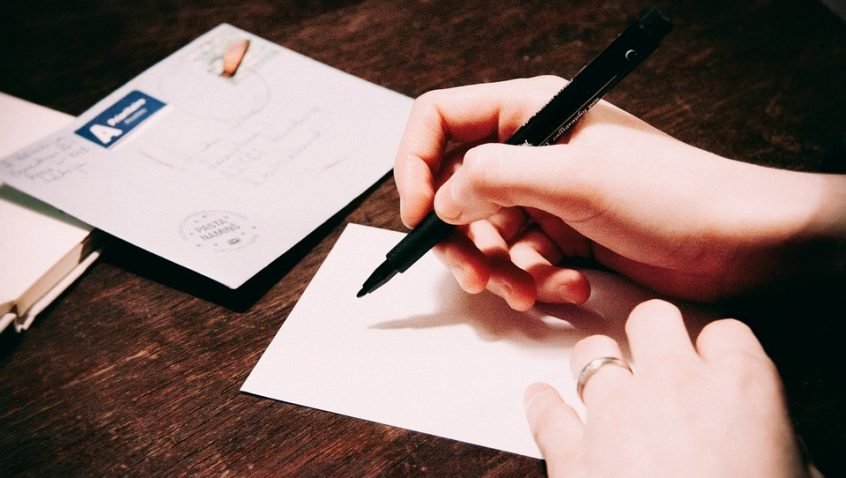Once the patent search process for your invention is done and if the invention is found to have higher chances of getting a patent grant, you may decide on going ahead with the filing of patent application. In order to file a Patent application, the application needs to be drafted in a clear, precise and detailed description about the invention in a standard format as specified by Indian Patent Office. Drafting a patent application with broad scope is as important as not disclosing an invention before filing because it accounts for the terms that bind the patent owner and others.
Is it same as a technical paper?
Although a patent document contains technical subject matter, it is not same as writing a technical or scientific paper. There are certain crucial points that differentiate a patent draft from any scientific or technical paper. A technical or scientific paper is just a medium to make public aware of your research work but a patent is much more beyond that. A research paper doesn’t make you commercially successful but a patent has the potential to do that. One important point to be noted that your own research paper will be a prior art if you have got it published before you went for a patent application for the same invention. You will be illuminated more clearly about the differences here. Public officials such as patent examiners, judges review the patent applications that are filed. So, a patent application should be drafted keeping all these in mind to meet that standard.
Parts of the patent application
Error-free drafting of patent application assimilates every realizable embodiment with broad-ranging scope of the invention. The draft should clearly describe the part for which patent protection is sought. The best mode to carry out the invention should be described clearly with the aid of diagrams, if necessary. The parts of a patent draft include field, background, description, summary, claims and abstract. Claims are the heart of a patent application. Claims define the techno-legal scope of the invention. It is the claims of a patent application that regulates the scope of protection to which the invention is enabled. The infringement analysis, FTO is done based on claim set of any patent document. You will get to know more about claims of any patent document in latter part of this article. Now, I would like to make you aware about different types of patent draft.
Types of patent draft
Drafting of patent application can be categorized in two types:
- Provisional Specification
- Complete Specification
Provisional patent application
Provisional patent application is the preliminary step of patent filing. You can secure the ‘priority date’ by filing a provisional patent application before you finalize your complete draft. Provisional specification doesn’t include claims and summary. When you don’t have the complete idea of executing your invention but you want to secure your invention, provisional application is the best answer. In order to decide which application is more suited for your requirements, it is important to know the benefits of provisional drafting.
Complete patent application
Structural difference of complete specification from a provisional one lies basically in addition of claim set and summary. Further, enhancement of the invention can be explained in the complete specification. However, a whole new feature can’t be added, which was not at all mentioned in the provisional specification. It should be noted that the complete specification has to be filed anytime within 12 months from the date of provisional filing, otherwise the application is considered as abandoned.
Claim set
In a patent application, claim basically defines the features of the invention for which ‘protection’ is sought by the patentee. For example, if in a patent, a system is claimed, then the right to exclude would be to prohibit any single party from carrying out all the methods to execute the system of the claim. There are two basic types of claim:
- Independent claim: it hinges on itself.
- Dependent claim: it revolves around one or more than one claims.
In a complete specification, the first claim of the claim set should always be independent. Consequently, there will be a few claims which talk about method or system relevant to first claim, and hence they can be termed as dependent claims. The independent and dependent claim set in a patent look like this:
Once, the patent specification is drafted, next step is filing it online and sending the relevant documents to IP office. There are different types of patent filings, and it is always best to seek professional advice to choose the most appropriate one for your needs. At Ediplis Counsels, we offer a full range of patent-related services, which you can use to protect your invention.
